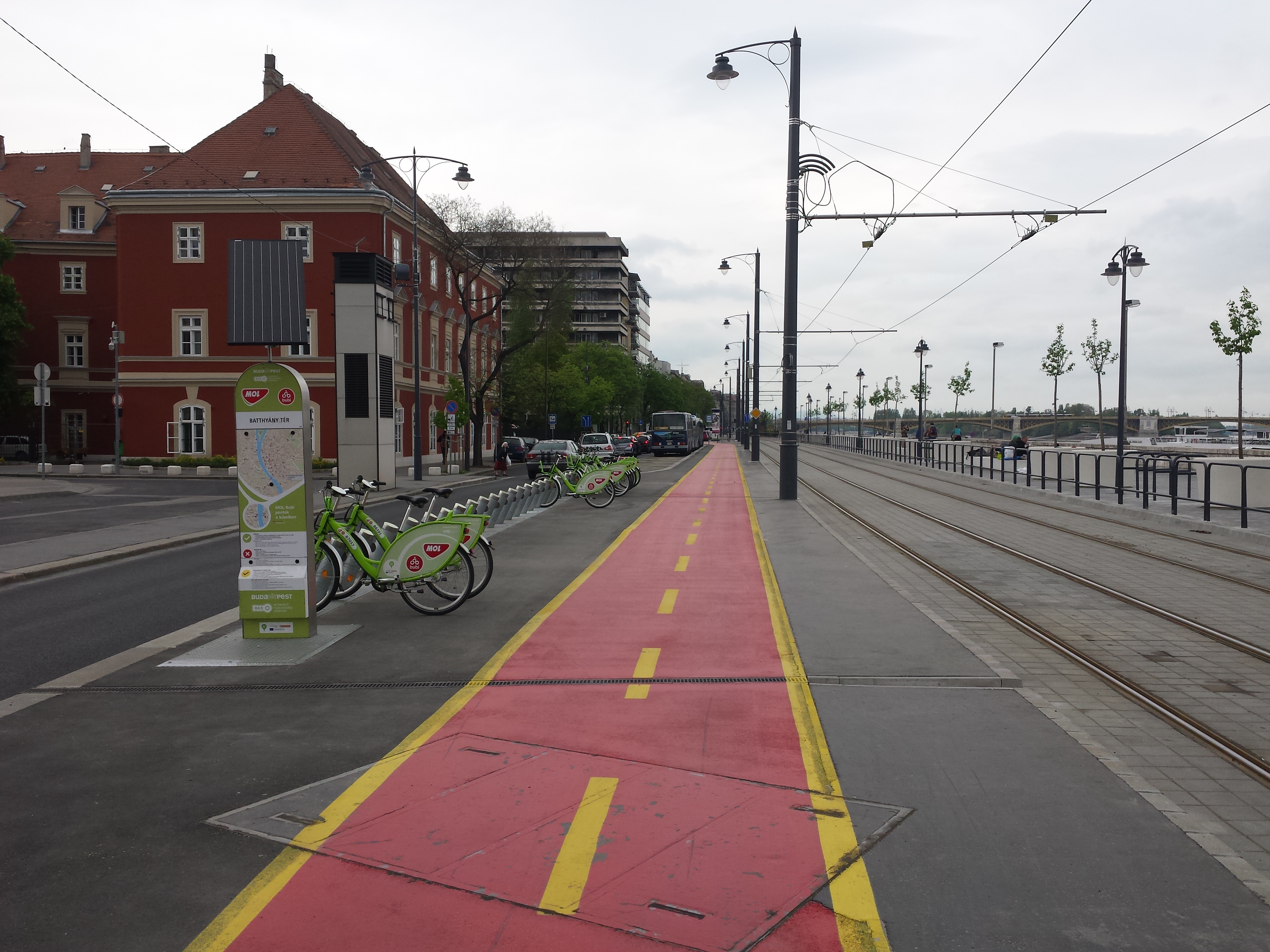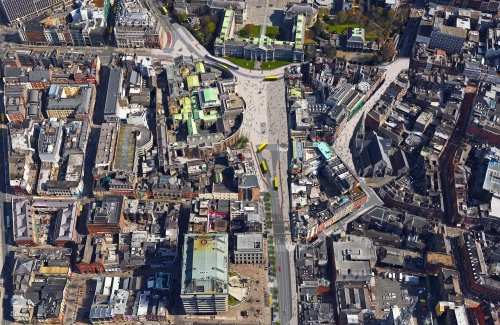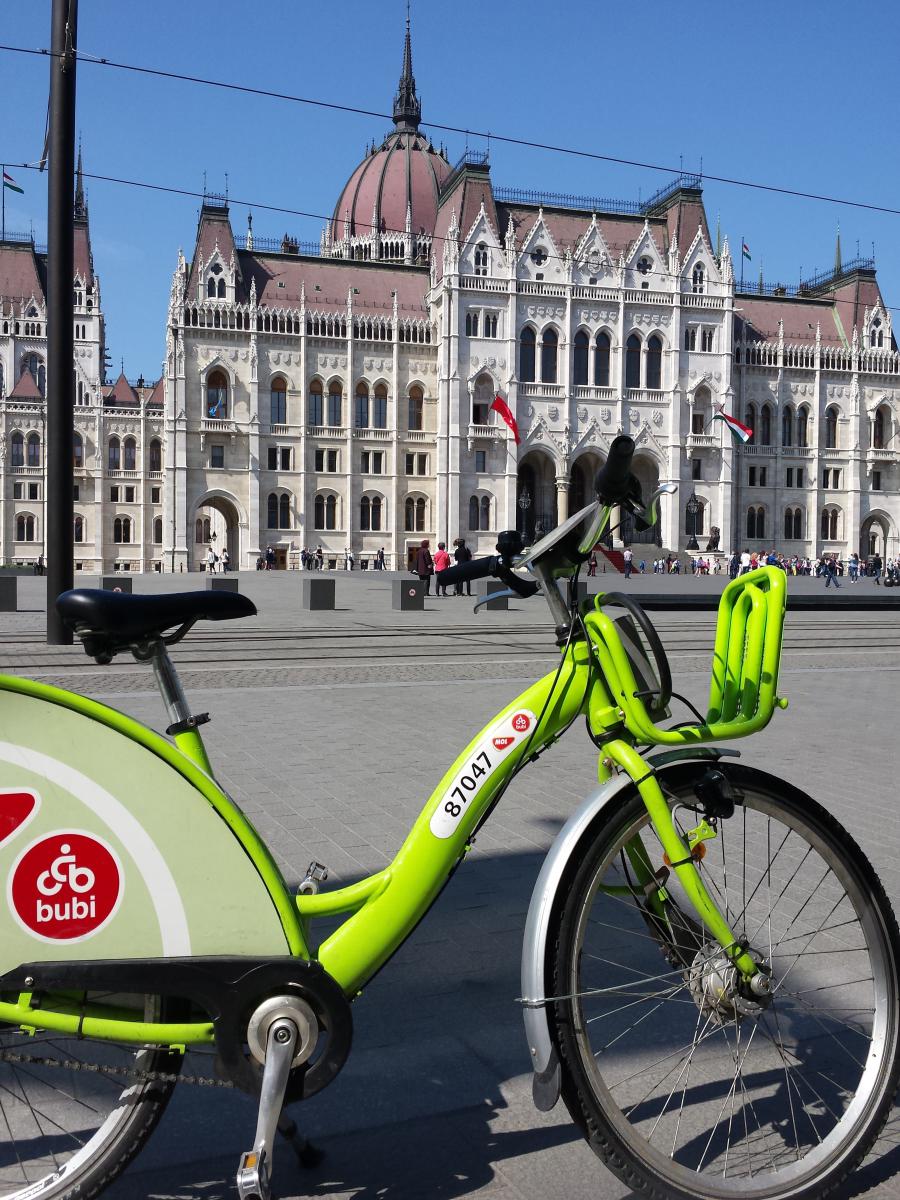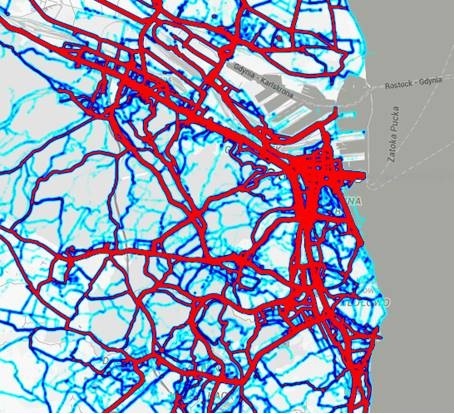
Cycling often lacks in traffic models: FLOW project aims to include active modes
Wouldn’t it be great if computers could to the work of traffic planners? Couldn’t they perform a much better job in calculating data and making well-considered decisions than human beings? There is already a lot of experience in using traffic models to avoid congestion. Is that good news for cyclists too? Or do traffic models ignore and neglect systematically the bikes in their calculations? The FLOW European project aims to figure out if that is the case.
Why traffic models?
Traffic models help to predict the result of a traffic measure. What happens to the traffic circulation if a new bridge is built or a highway is broaden? What if we completely shut down a car lane? There are many types of traffic models for different situations.The main one is called ‘macroscopic’ models, because they predict traffic in a large scale traffic network. They can be used to predict what economic growth or a new business area would mean for the road network in an agglomeration. A second group is made by the ‘microscopic’ traffic models. These are mainly implemented to “zoom in”, which means for instance they are able to predict whether a specific crossing could handle all the traffic.

Do models work?
Is it proven that well planned and accurately implemented models can work. Hundreds of millions of euros are spent in infrastructure projects, thus it is worth investing in a model to assess its benefit. Specialized consultancies have a lot of experience with complex models and are able to collect a huge amount of data needed as an input for the model to work properly.
Of course these models are not flawless. Unfortunately often models are a simplification of the reality. Many of the traditional models are developed only to predict car traffic. Therefore it is not a surprise that they will register a positive result when deciding the construction of additional car lanes, and negative when car lanes are replaced by cycle paths. For this reason is essential to include cycling and walking in traffic models as in important first stage.
The FLOW project is pushing for this to come true.
What is the use for cyclists?
Most cities involved in the FLOW project which uses transport modelling to master traffic and predict transportation changes did not take into account cycling or walking on an earlier stage. They only modelled private car and public transport. We see the same for the FLOW exchange cities: only two out of nine exchange cities include cyclists and only one city takes into account pedestrians in the traffic models
Therefore there is room for improvement. The FLOW project will help cities introduce proper cycling and walking indicators in transport models. Here are some good examples:
Budapest
Budapest wants to expand their bike share program (‘Bubi-bike’), although one of the major issues is the selection of the best locations for the new bike share stations. It would be very helpful for a successful implementation if the model could predict the flow of bikes in different locations.

Lisbon
Lisbon has plans to reconstruct intersection crossings and traffic lights. If crossings would be narrowed and traffic lights resettled in favour of pedestrians, a microscopic traffic model could not only predict the waiting time and flow for cars, but also the flow and waiting time for cyclists and pedestrians.
Ireland and Poland
Dublin has a great plan to make one of the main squares inaccessible for cars. A model could help to analyse whether pedestrians and cyclists can share the same space or should be divided creating a dedicated cycle path. While the Polish town of Gdynia could also profit from using a macroscopic model to help designing the best cycle network for the city.

The importance of data collection
In all these cases, an adequate model that can predict transport mode including cycling and walking is therefore essential. And the model should have understanding how cyclists choose their route, which is less predictable than the route choice of car drivers and detailed data about the bicycle network.
Such data can be collected by counting cyclists with pneumatic road tubes (“telslangen”) or cameras. But also cycle tracking apps such as from the yearly “Cycling Challenge” (50 cities all over Europe) and the “Fietstelweek” (Netherlands and Flanders), are an important source for data. These data can help to understand how cyclists choose their route. A great example of detailed data about the cycle network has the bicycle route planner of the Dutch ‘Fietsersbond’.
Besides some Dutch initiatives for cyclists in macroscopic modelling, FLOW has the challenge to develop an assessment tool for cycling investments. And FLOW will assist cities in adapting and using microscopic and macroscopic traffic models that include cyclists. Not to determine the best solution, but to make decisions about the infrastructure more transparent.
And your daily bike commuting faster, safer and easier!
News category:
Network/Project Involved:
Topics:
Contact the author
Recent news!
Upcoming events
Contact Us
Avenue des Arts, 7-8
Postal address: Rue de la Charité, 22
1210 Brussels, Belgium









